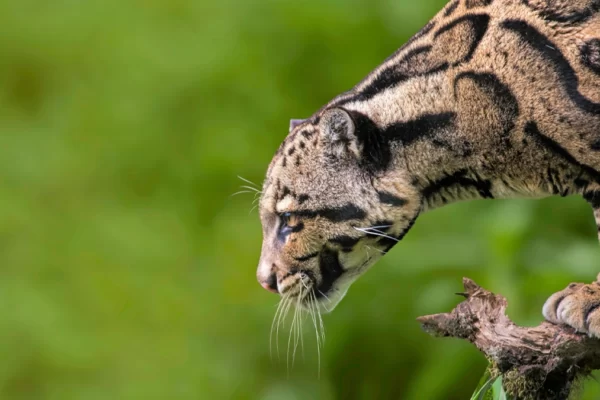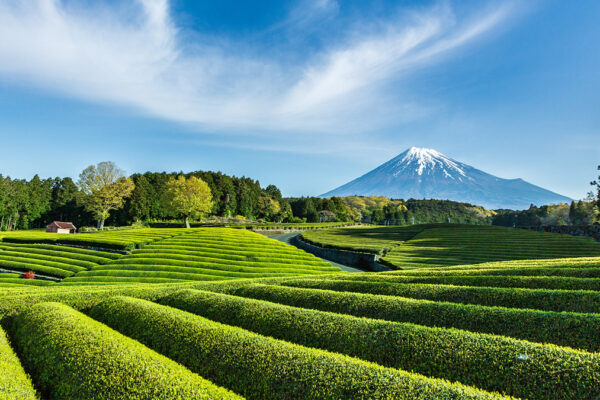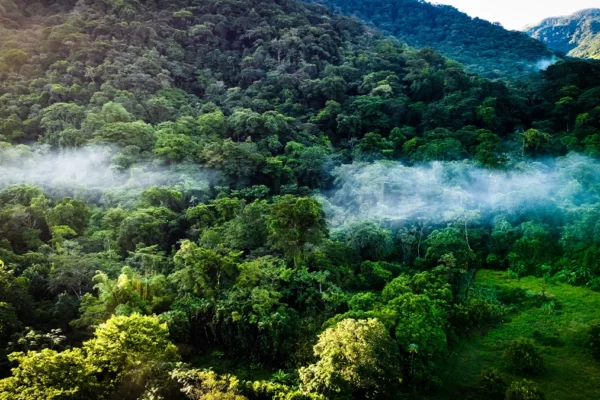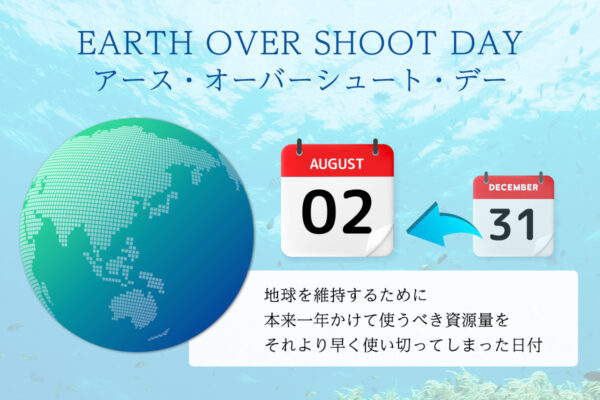Japan – a hot spot for biodiversity
Biodiversity hotspots are identified by CI, Conservation International *1, as areas that once had unique ecosystems, but where many species are now threatened.
The criteria for selection are areas with more than 1,500 species of endemic vascular plants, seed plants and ferns, and where more than 70% of the native ecosystem has been modified.
70% of Japan’s native ecosystems have been altered
Japan is one of the world’s 36 biodiversity hotspots.
When you think of unique ecosystems, you might think of remote Japanese islands, such as the Iriomote wildcat on Iriomote Island, the Ogasawara shrew in the Ogasawara Islands or the Yaku gecko on Yaku Island.
Many of you may have seen news reports about the decline of living organisms on such remote islands.
In fact, it is not just remote islands that have been identified as hotspots, but almost the whole of Japan, from Hokkaido to Okinawa.
In other words, Japan is one of the most biodiverse regions in the world.

Credit: Conservation International Foundation
As an island nation, Japan is home to many creatures that have evolved and adapted totheir environment in their own unique ways.
Despite being a treasure trove of such biodiversity, the unfortunate reality is that more than 70% of its areas have already been altered and lost.
Not many people in Japan are aware of this reality, as mountains are often visible only a short distance from urban areas.
However, much of the nature we see has been altered by unplanned development and other factors, and almost no native ecosystems are preserved.
In traditional SATOYAMA, the nutrient-rich land receives rainwater, sends it to the river and delivers the nutrients to the sea, with a moderate degree of human intervention in nature.
This ecosystem is consistent with the conservation of biodiversity and has created a positive cycle in the region.
When nature is urbanised, the original soil is taken away and plants disappear from their places.
The organisms that feed on these plants can no longer survive, and the effects cascade.
This is exactly what is happening in Japan right now.
Biodiversity and Infectious Diseases
It is very important to consider and implement urban planning that respects biodiversity as well as climate change.
Biodiversity conservation plays an important role in human hygiene, including the prevention of zoonotic diseases.
Reducing the number of species means that the environment is becoming dominated by only certain species.
Having many species means there is a mix of infectious and non-infectious disease-carrying species, reducing the likelihood of infectious diseases spreading.
Within a single species, however, infectious diseases spread easily. This means that the chances of them reaching the human sphere are very high, it has been said.
Of course, there are some infectious diseases that are not transmitted by animals.
Although the cost of protecting ecosystems may seem high, data show that it can be done for less than 1% of the cost of dealing with a pandemic such as COVID-19.
Working towards Nature Positive may seem difficult at first, but when we consider that it makes economic sense and makes our lives richer and safer, we will naturally want to make it part of our actions.
Let’s make everyone aware of the importance of biodiversity and start making choices to achieve Nature Positive.
*1
Conservation International (CI)
https://www.conservation.org/
The Conservation International Foundation (CI) is a non-profit organization that operates internationally in over 30 countries across six continents with a wide range of partners in order to empower societies to responsibly and sustainably care for nature for the well-being of humanity.









